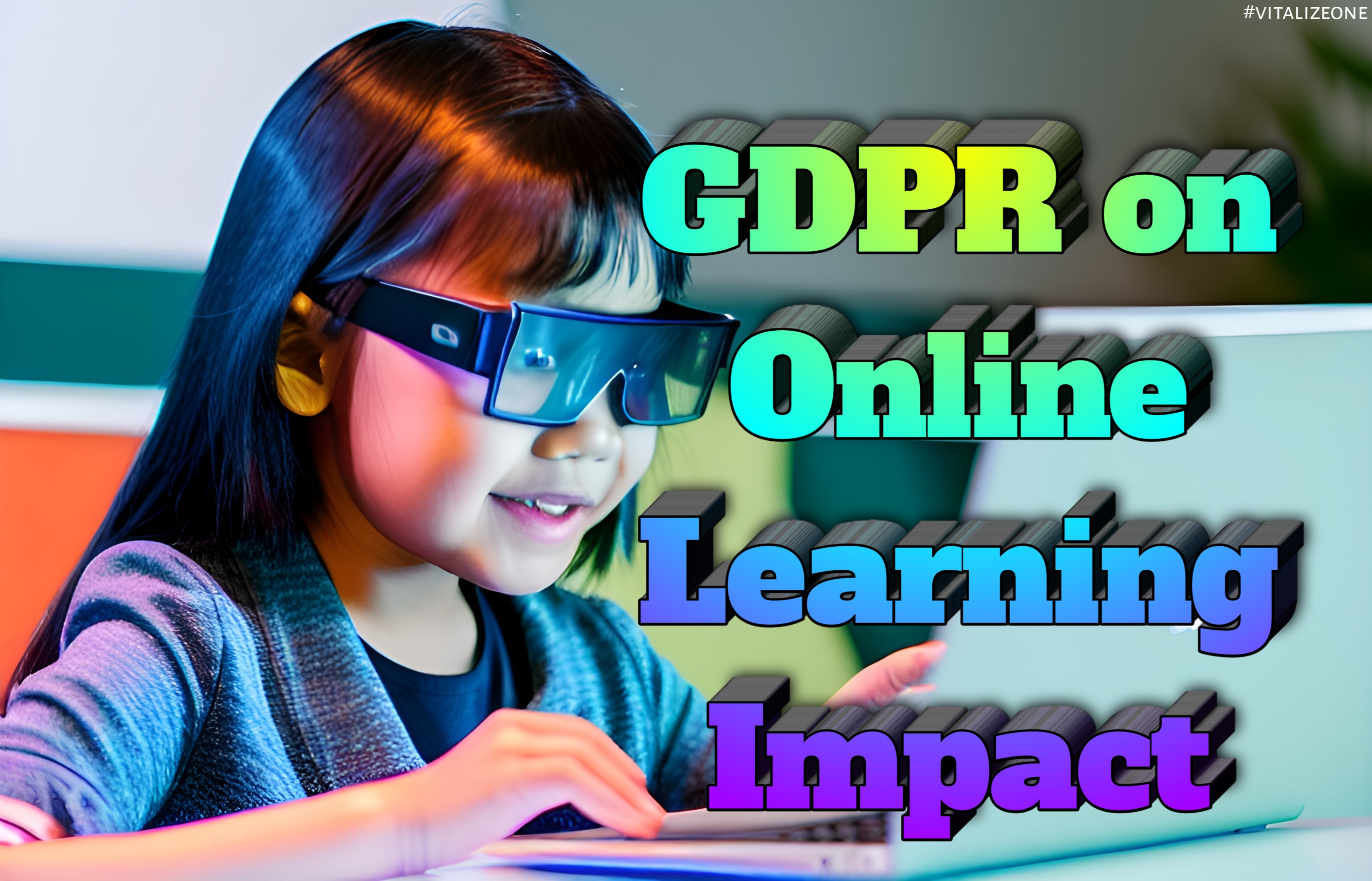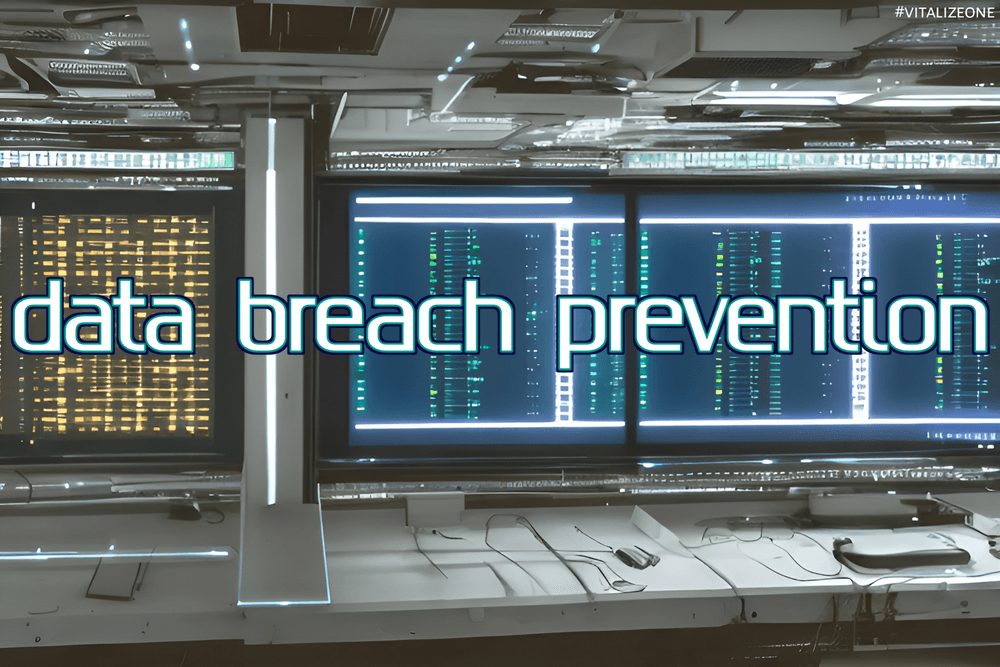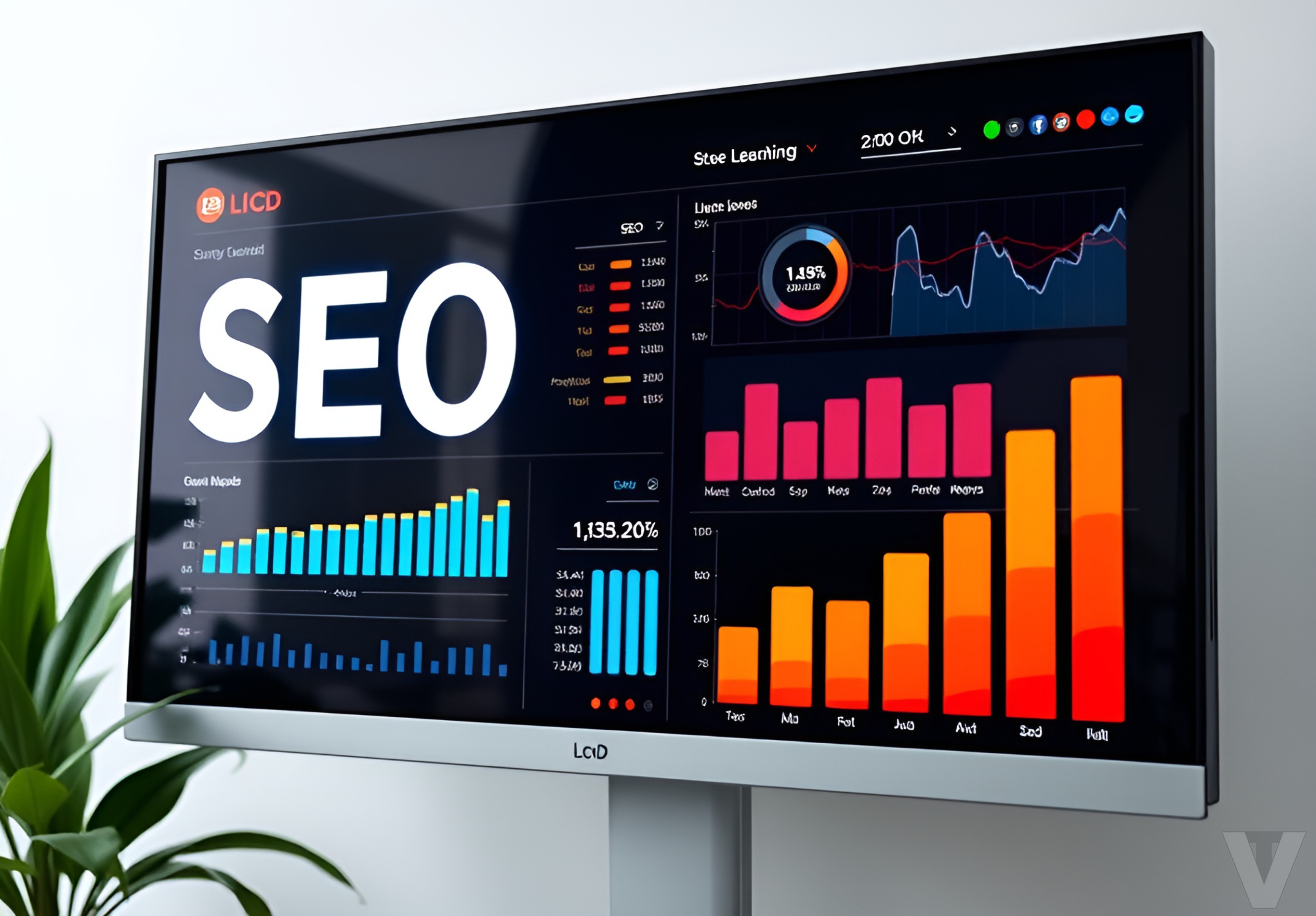|
Getting your Trinity Audio player ready...
|
When it comes to discussions, student privacy is the least of the priorities. But with the transition to online learning from traditional one, students’ and teachers’ data may be frequently exposed to security concerns. Because of this, parents and children are urging the entire school community to take this issue more seriously.
When deciding how to support online learning and which platforms to utilize, it is crucial to ensure that personal data is appropriately safeguarded, especially regarding children’s data.
Before installing any new technology that needs personal data to identify and reduce potential risks to persons, you must apply GDPR, a data protection assessment. These evaluations are critical when working with more delicate data, including children’s information.
With this, we’ll tackle the impact of GDPR on online learning—some of the most critical data protection concerns that would serve as the basis for a data protection assessment and that educational institutions should consider when offering online learning environments.
Having age identification that is easily accessible without the need to carry identification documents is improving lives among people of all ages.
What Is GDPR, and Why Do Parents and Teachers Need It?
The General Data Protection (GDPR) policy is the new data and cyber-security policy from the European Union. Everyone will benefit from stronger data protection, including kids and their families.
For any personal data to be handled properly, all staff members—from your caretaker to the dinner ladies to the teachers—must be GDPR-aware. Online training is a terrific method to put this into practice in a way that is both economical and effective. There are many excellent courses offered.
Although the GDPR compliance is extensive, there are certain very critical things that schools should be doing, such as showing that they take data protection seriously by having current policies, preserving records, and providing staff training.
Schools should also ensure that the information notice displayed to the general public accurately represents how the institution uses and handles personal data. Additionally, schools must ensure they have the proper organizational, technical, and policy safeguards to safeguard personal data. Part of this has a solid information security policy that is actually followed throughout the organization.
Schools should ensure that they can notify the regulator of any security breaches they may have within 72 hours of becoming aware of them.
Last but not least, schools must ensure that contracts that adhere to the GDPR are in place when an outside organization processes personal data on their behalf.
For GDPR, “personal data” is “any information relating to an identified or identifiable living person.” It includes information about students, alums, parents, instructors, support staff, governors, and trustees.
3 Ways To Create a Safe Online Learning Environment for Students
Security
As always, security is the most crucial factor to consider when introducing any new technology. While some education providers employ pre-rendered platforms where assignments are established, and finished work can be uploaded, others offer fully interactive, real-time learning environments where students participate in online live sessions.
Regardless of the platform’s innovation, it will have critical personal data, such as parent conversations, comments, and messages between teachers and children, and audio and video recording and capability. The school must ensure that any platform has sufficient security to safeguard users’ data, including at least two-factor authentication and access restricted to authorized users only.
The best approach would be for the education provider to offer its private virtual platform, i.e., by purchasing specialized online learning software from a trustworthy supplier and ensuring that contracts with those providers include data privacy provisions. Teachers shouldn’t utilize widely available software on their laptops or other free devices because these devices might not have the same level of security and are not under the school’s control.
Other platforms that don’t focus on the education industry but provide virtual conferencing capabilities are available. However, not only might such platforms not adhere to children’s privacy norms, but the information gathered might also be added to a more significant stream of data used for for-profit organizations’ financial gain. It might lead to targeting youngsters or students for more nefarious purposes or, in the worst case, consumer behavioral advertising. No education provider would want to expose itself to malicious hacking or commercial exploitation while exchanging information during what is meant to be a learning experience. However, it is a simple trap, mainly when professors and students work from home and employ quick-fire techniques to address the urge to hasten virtual learning.
Monitoring and Storage
Unlike in a physical setting, interactions between teachers and students may be recorded and saved in the system for a defined amount of time. It is another aspect that is exclusive to online learning. It adds a layer of monitoring that wasn’t there before, making it more important for educational institutions to have sufficient protocols outlining how any such data can be utilized. Can internet recordings, for instance, be used to evaluate teacher performance reviews? Can student comments that have been recorded be used in disciplinary proceedings?
Furthermore, where systems enable students to message one another, more private information may be collected. How much should teachers view and oversee this kind of content? How long will the school and software provider keep this data on file? All of these issues should be considered when developing the education provider’s policies and practices.
Transparency
Transparency is a crucial component of data security. Privacy notices already cover regular data processing that education providers will have in place. It is recommended to include a section outlining what kinds of personal information might be collected via online learning platforms, along with details on how it will be used and how long it will be kept. Consents should also be reviewed and updated in cases where they are used as the legal basis for collecting and using personal data (e.g., when the user is not strictly essential to fulfill the school’s legal/public task obligations). There may be situations, such as when an education provider wants to use internet recordings for marketing or training. Parents’ permission should be obtained if the student is under 13 or directly from students above 13.
Conclusion
It is understood via research that the brain physically develops from back to frontal lobes and stops growing at the age of 25, where reasoning, and cognitive functions are the last to develop. With increased communication, and communications, it is important to understand that all the communicative behavior that exuberates takes time to calibrate by understanding education of knowledge of vices is how individuals become aware, and continue to develop further enlightenment with incremental age increase.














